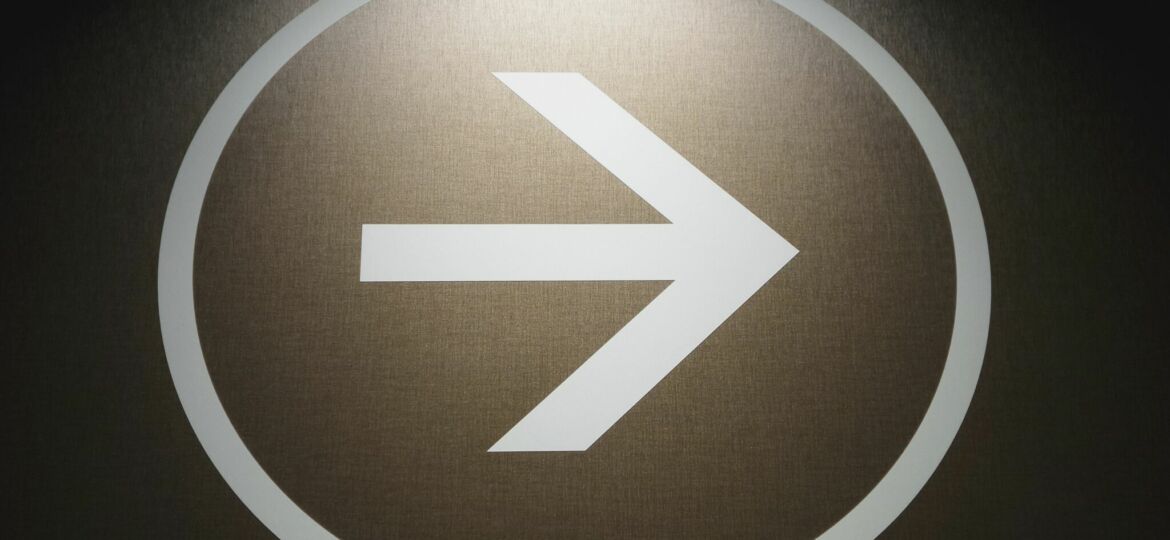
I recently wrote about being too driven. Earlier in my career I prided myself on my drive and work ethic. I felt I could get anything done. I described how effective leaders evolve from being solo contributors to ones who scale their impact. They learn and adopt non-scalable behaviors, and then leverage them by developing leadership behaviors that scale. In my last article, I didn’t talk about how to develop these new scalable behaviors and that is what I am going to focus on here. How to get out of your own way.
Why is it so hard to change?
Bob Anderson and Bill Adams, in their excellent book ‘Scaling Leadership‘, discuss why it is so hard to change. I now recognize the limitations of being too driven, and yet I often find myself wondering if I have done enough. If I know this is a limiting behavior, so why do I act this way? The authors describe how our identity is wrapped up in our limiting non-scalable behaviors.
“We define ourselves by having to be seen or experienced in a certain way. To know ourselves as good, worthy, and successful. Not to be seen that way is to lose oneself – not to be or exist at all.”
I see myself as someone who is a very capable, driven leader who gets things done. I tend to overuse this strength, especially when times get tough and I become the solo leader. I’ll gravitate to doing it myself, and expecting others to follow me. The trouble is people don’t follow me when I haven’t connected with them and built commitment by connecting to their care.
Embrace behaviors that are opposite to the ones we are most comfortable with
The way to grow and break free of our limiting solo behaviors is to embrace the opposite behaviors. In my case, the opposite to being driven and controlling, is to focus on developing relational behaviors. These are the behaviors of empathy, collaboration, connection, and caring, amongst others. Earlier in my career, I didn’t think I had time to do this, I had work to do. And so I got in my own way. Embracing the opposite behaviors is hard and requires courage. To turn away from what is comfortable when we need it the most. And yet, it is the path to becoming a more effective leader. Nobody said leadership would be easy!

